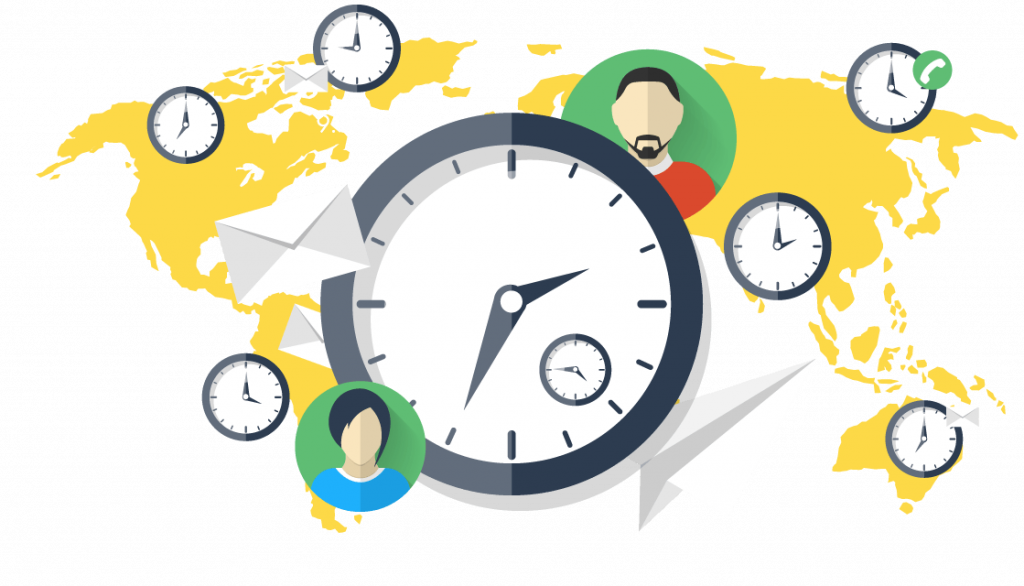Daylight Saving Time (DST) has a long and controversial history. After being introduced in an essay by Benjamin Franklin, the idea was adopted in 1916 by Britain and Germany. The goal was to reduce the domestic consumption of coal and to give factories daylight hours to work, in order to aid the war effort.
The functioning of the system is simple: clocks go forward one hour in the summer and back again in the winter. In this way, we can enjoy extra evening daylight in warmer months and extra morning daylight during the winter.
Nowadays, most areas in North America and Europe, and some areas in the Middle East, observe daylight saving time (DST), while most areas of Africa and Asia do not. In South America, most countries in the North of the continent near the equator do not observe DST, while Paraguay and southern parts of Brazil do.
How does DST affect people’s life?
The effects of this switch strongly vary depending on the geographical location of a country: the closer you are to the North Pole, the more noticeable they are. For example in Iceland, from mid-May to mid-August the sun only sets for around three hours a night and there are only around five hours of effective daylight during the winter months.
There are both positive and negative effects due to this practice. However, sometimes it is difficult to understand whether the positive ones prevail over the negative ones, or vice versa.
Thanks to DST during the winter time, people don’t have to go at work or school in the darkness and this strongly reduces the number of traffic accidents and makes streets a safer place. At the same time, people do not adapt so smoothly to changes and this can also raise the risk of health-related issues, mostly due to the disturbed sleep cycle. A 2016 study found that the overall rate for stroke was 8% higher in the two days after the change, while the risk drops off in the following days because our bodies and circadian clocks gradually adapt. Moreover, the Monday and Tuesday after daylight saving time in the spring have also been associated with a 10% increase in heart attacks, according to a 2012 study at the University of Alabama Birmingham.
Are DST really effective for energy saving?
Originally, DST was aimed at reducing the energy consumption. However, there is surprisingly little evidence that it actually helps to save energy. Matthew J. Kotchen and Laura E. Grant (2008) proved that DST increases residential electricity demand, approximately by 1% (also by 2-4% during the fall). That results in a higher cost both in terms of electricity, but also for the pollution emissions.
Disagreements among European countries
The relevance of the DST related effects gave rise to several doubts about the effectiveness of the system, mostly in the North of Europe. Last year, over 70 000 Finnish citizens signed a petition in order to press EU for end to daylight saving time. The issue has a strong relevance at the European level, since all EU members must follow the same timetable to keep trade and travel running smoothly between the internal market.
The European consultation: we can have a voice!
The European Commission has launched a consultation on the daylight saving time clock changes in order to evaluate whether or not the rules should be changed. Europeans and interested organizations have until August 16th to give their opinion (the consultation and more background information are available here).
The EC is assessing two main policy alternatives: keep the current summertime arrangement or discontinue the changes and ban periodic switches, leaving each state to choose between permanent summer, winter or a different time. Repealing the current directive would not automatically abolish summertime across the EU. It would just end EU-wide harmonization and allow individual states to decide the issue.



